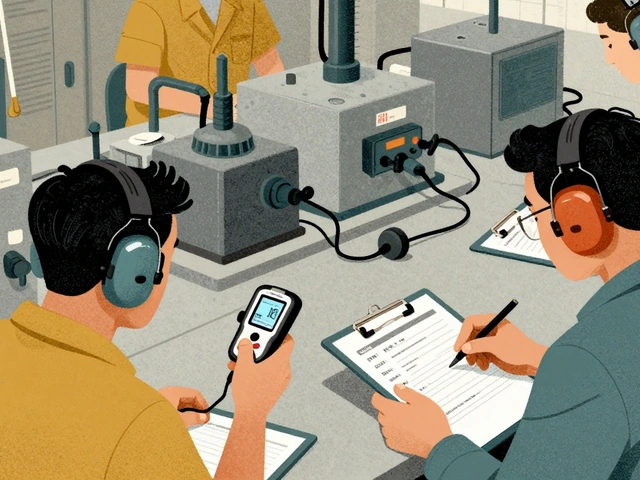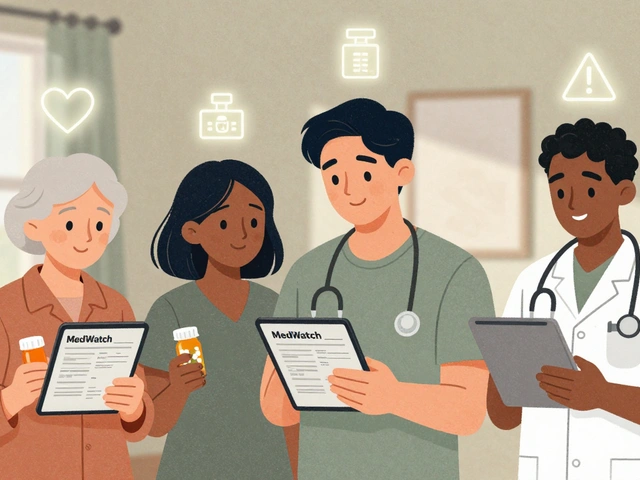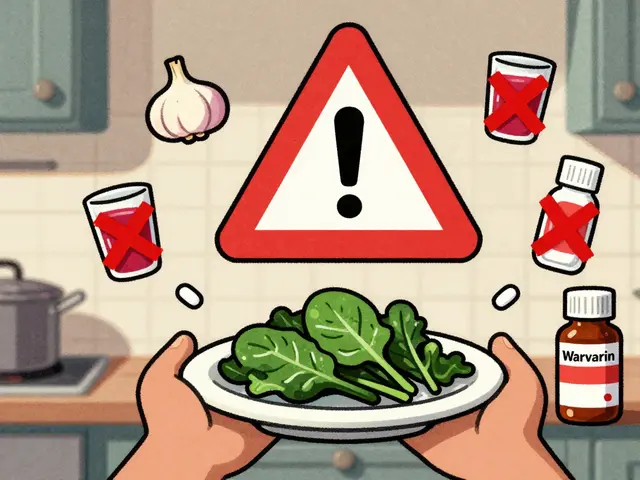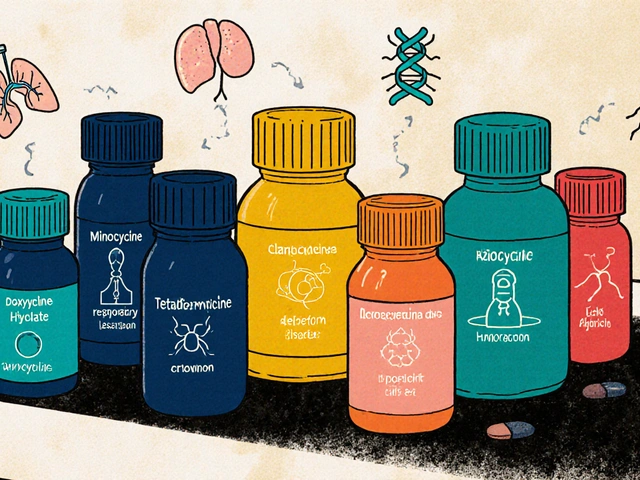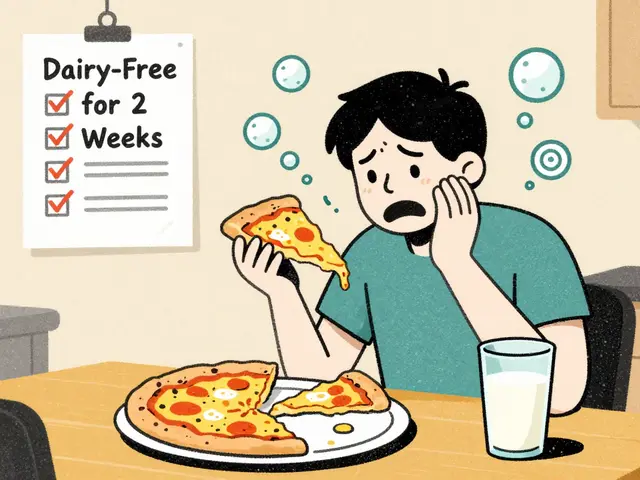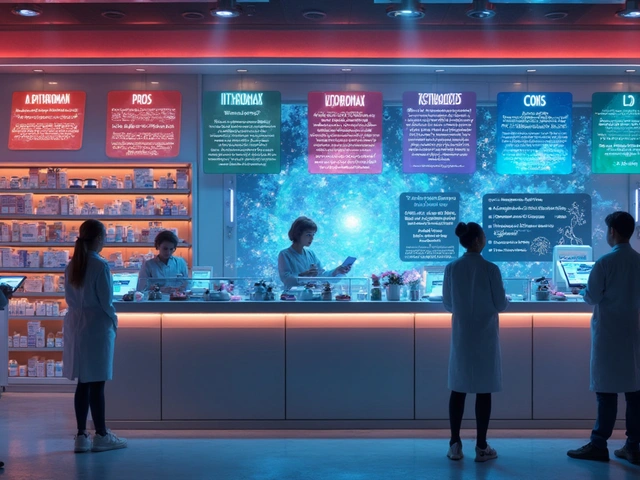Pharmacokinetics: How Drugs Move Through Your Body
Ever wonder why one pill works fast and another takes days? Pharmacokinetics is the simple story of what your body does to a drug. Knowing a few basics helps you understand dosing, side effects, and why your doctor or pharmacist gives specific directions.
Key steps: ADME — what they mean
We use the short name ADME to remember the four steps: absorption, distribution, metabolism, and excretion.
Absorption: This is how a drug gets from the pill (or shot, patch, inhaler) into your bloodstream. Some drugs absorb fast on an empty stomach, others need food. For example, certain antibiotics are affected by food, so timing matters.
Distribution: Once in the blood, the drug spreads to tissues. Some drugs stick to fat, some stay in plasma. That affects how long they work and where side effects might pop up.
Metabolism: Your liver is the main factory that changes drugs into forms your body can use or remove. Enzymes like CYP450 can speed up or slow drug breakdown. That’s why two drugs taken together can change each other’s levels — one can block the enzyme that clears the other.
Excretion: Kidneys and bile remove the leftovers. If kidney function is low, a drug that’s mainly cleared by the kidneys can build up and need a lower dose.
Practical points you can use
Half-life and steady state: Half-life tells you how long a drug stays active. A rule of thumb: after about five half-lives, a drug reaches steady state (stable levels) if you take it regularly. That explains why some medicines need days to show full effect.
Food and formulation: Some pills say "take with food" or "on empty stomach" for a reason. Food can slow or boost absorption. Extended-release tablets release medicine slowly — don’t crush them or you’ll get the whole dose at once.
Drug interactions: Think of enzymes and transporters as traffic controllers. If Drug A blocks the controller for Drug B, levels of B can rise and cause more side effects. Grapefruit is a classic example that can increase levels of some drugs by blocking an enzyme in the gut.
Patient factors: Age, weight, kidney and liver health, and genetics all change pharmacokinetics. For instance, older adults often clear drugs more slowly, and some people are "slow metabolizers" of specific drugs due to genetics.
Why this matters on Medipond: When you read our articles — whether about antibiotics like cefixime, diabetes meds like metformin, or ADHD drugs like atomoxetine — pharmacokinetics explains why dosing, timing, and safety tips differ between medicines. It helps you ask smarter questions at the pharmacy or clinic.
If you have questions about how a specific drug behaves, check the article on that drug or ask a pharmacist or doctor. Pharmacokinetics is a tool: use it to understand treatment, not to self-prescribe.

